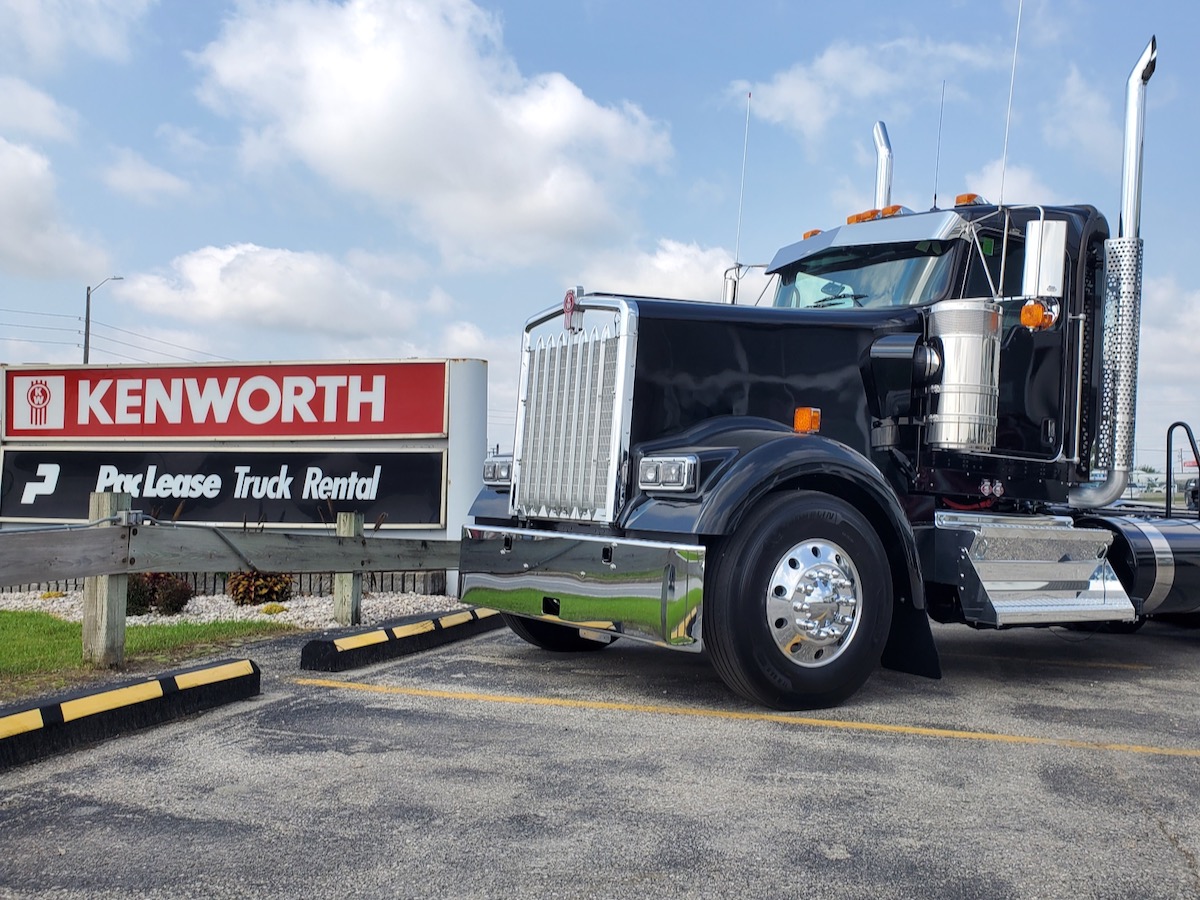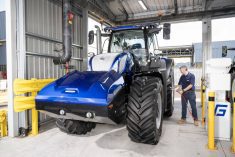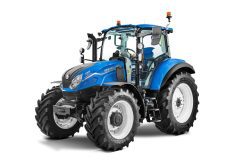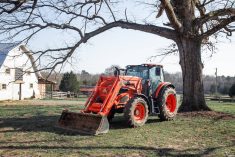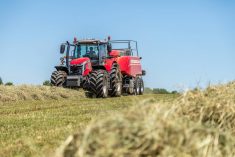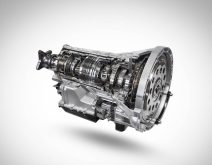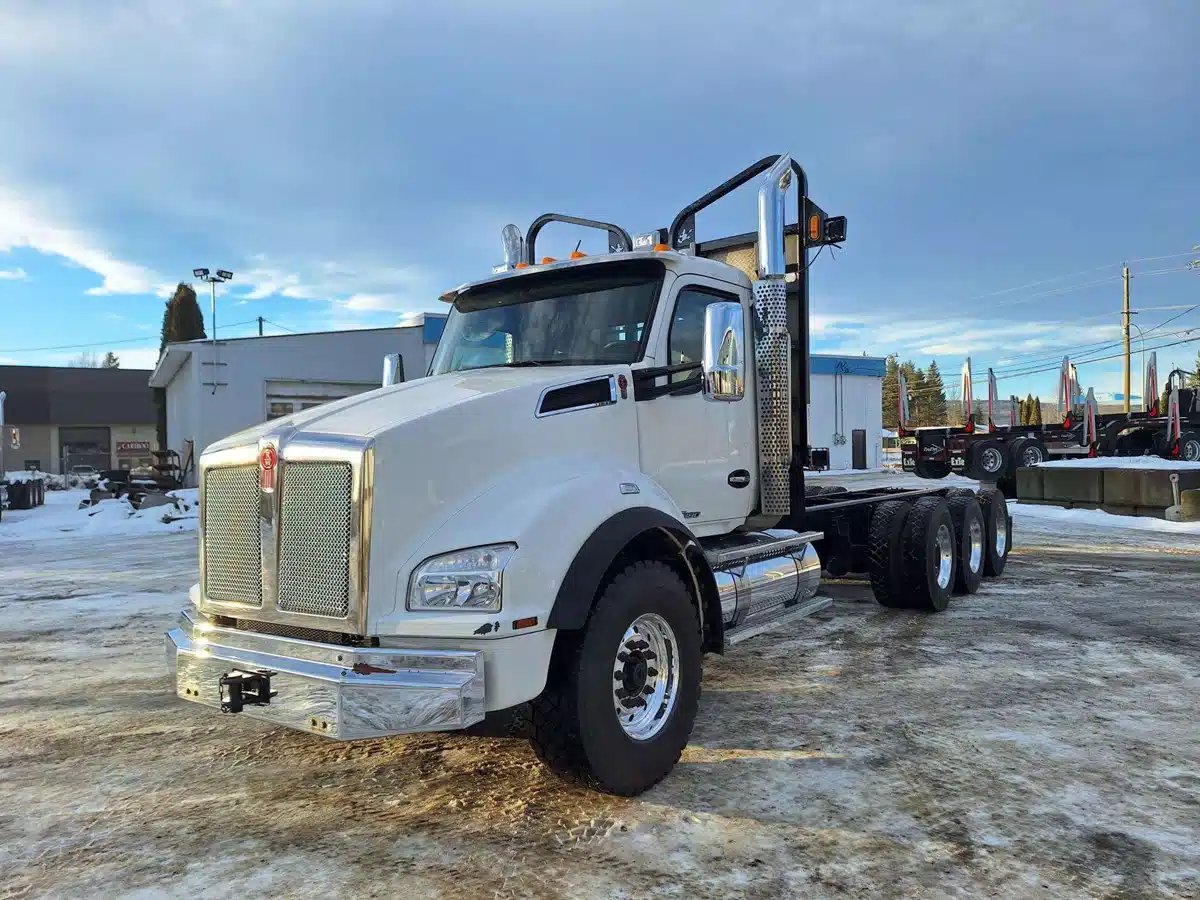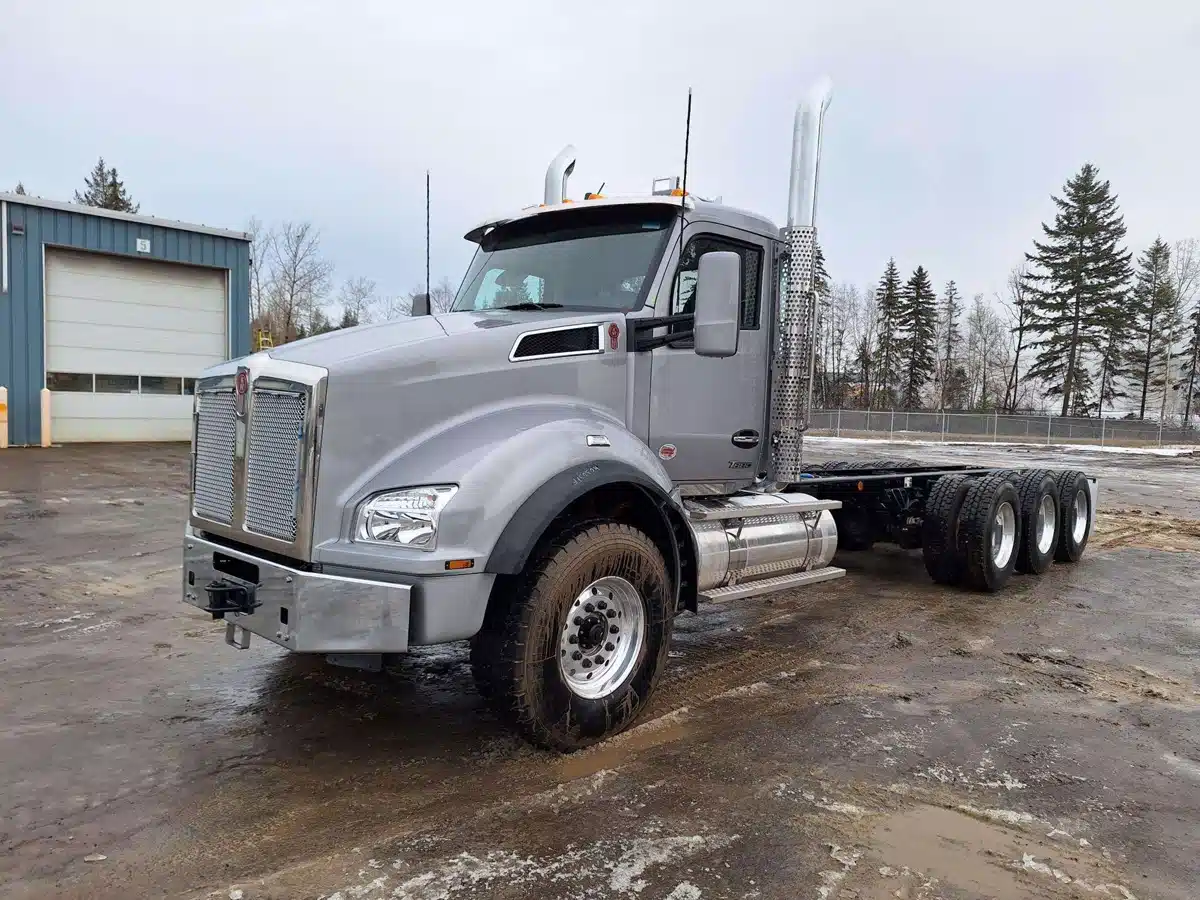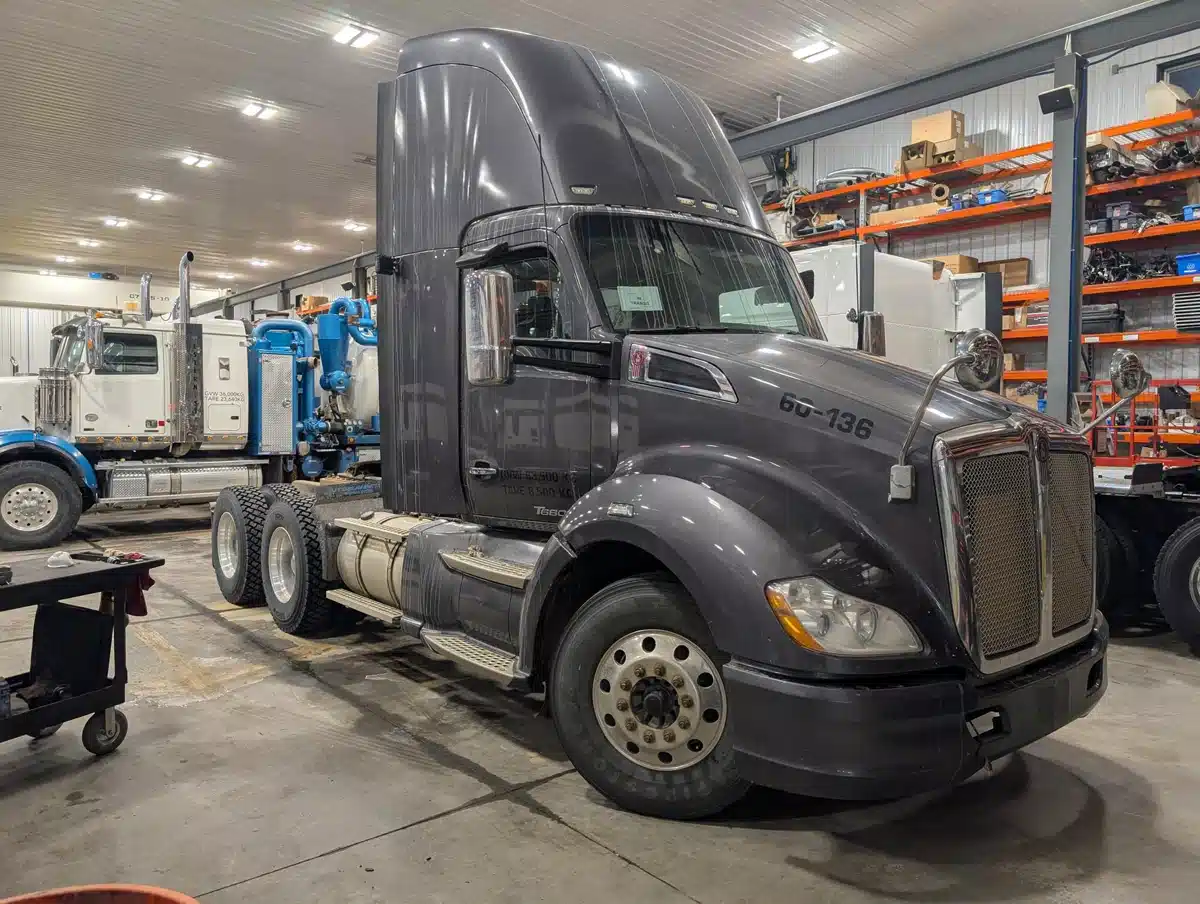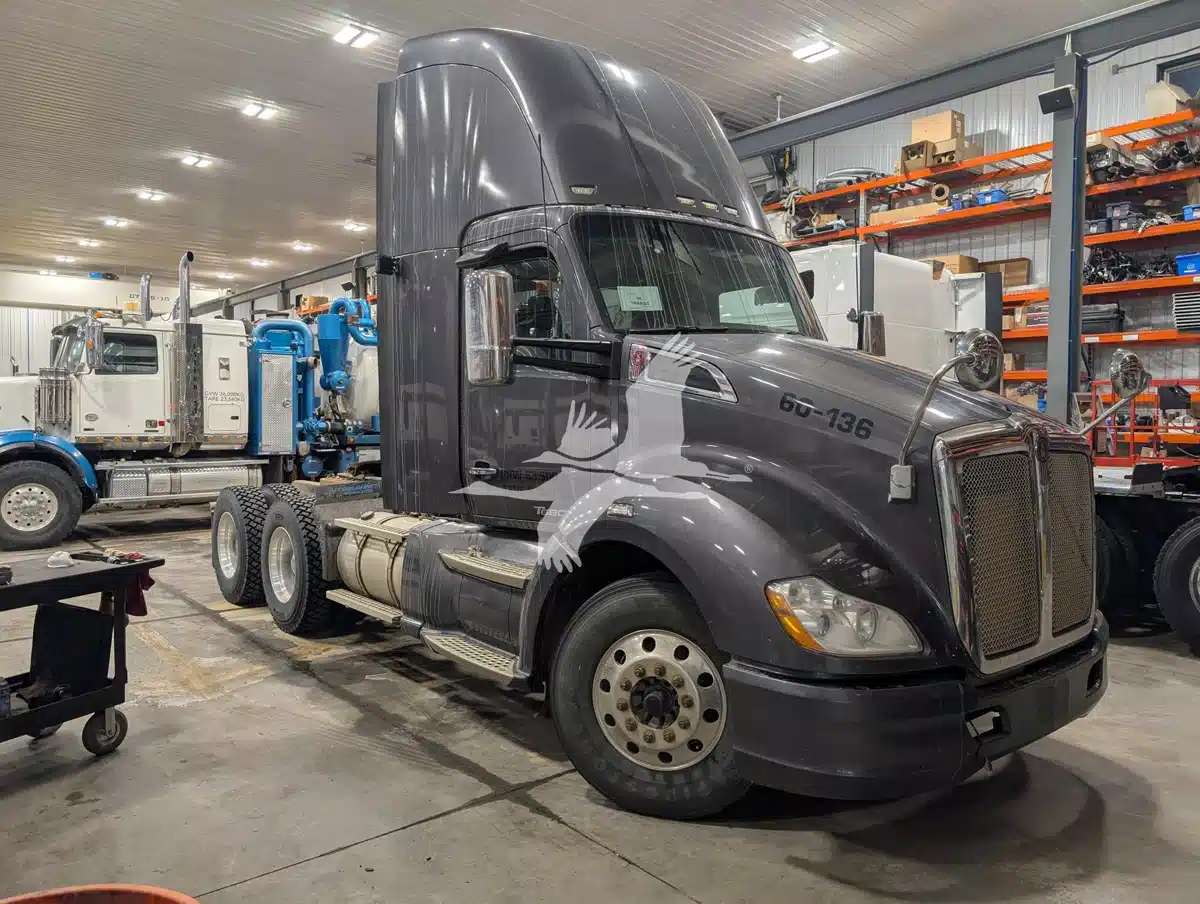Back in the day, truck drivers were often referred to as gear jammers, because they would have to manually shift their way through 10, 13, 15 or more gears. That moniker seems to have faded into history, and one reason may account for that more than any other: industry figures estimate 90 to 95 per cent of today’s over-the-road trucks are equipped with an automated manual or automatic transmission. A computer decides when to shift and completes the process seamlessly.
Many of today’s newer truck drivers don’t even know how to shift a manual transmission. Having worked at a truck driver training school, I can personally vouch for that fact.
One major reason most new trucks are ordered with auto-shift transmissions is they reduce maintenance costs from drivers causing damage by shifting improperly and, most importantly, they improve fuel economy by an estimated four to five per cent.
Read Also

Claas brings 1000 Series SP forage harvesters to Canada
In mid-August, Claas unveiled its new line of Jaguar forage harvesters at an event in Visalia, California, deep in the heart of that state’s dairy region.
That latter fact is behind Kenworth’s recent policy stating dealers can now only order 10 per cent of their customer-ordered trucks equipped with manual transmissions. The company sent out a sales bulletin in late November informing its dealer network of that.
At the moment, it applies only to Kenworth trucks sold in Canada.
READ ALSO: Kenworth ready to deliver hydrogen-powered trucks in 2024
When asked about the policy, the company’s PR manager Mari Colbourne, provided this response.
“Kenworth and other OEMs are faced with increased compliance regulations. At the beginning of 2024, there was a step change in the CO2 standards per the GHG Phase 2 regulations making the vehicle CO2 standards five to eight per cent more stringent than last year.
“To meet those and reduce greenhouse gas emissions, some spec’ing options need to be considered. With automated transmissions being more fuel-efficient, manual transmission options will be fewer, and this is starting to apply in the Canadian market. Kenworth is committed to working closely with our dealers and customers to provide the best truck for their business while meeting regulatory compliance.”
So far, none of the other major brands have publicly notified anyone of a similar policy.
While brands such as Freightliner sell a higher percentage of aerodynamic long-haul trucks, such as the Cascadia, they naturally have better overall fuel economy rates. Kenworth, on the other hand, sells a larger percentage of vocational trucks that tend to be spec’d in ways that can’t compete in fuel efficiency with the long-haul trucks.
Why does that matter?
In March 2022, Canada announced an objective of reducing GHG emissions by 20 per cent below 2005 levels by 2026.
According to the federal Heavy-duty Vehicle and Engine Greenhouse Gas Emission Regulations, if trucks in a given subset are configured in a way that can’t meet limits set for a general category, the manufacturer must rely on accumulated “credits” to permit their manufacture. Credits are accumulated when overall emissions from a category of trucks are lower than the maximum levels. Companies that build mostly aerodynamic long-haul models will accumulate more credits than a brand such as Kenworth that builds a high percentage of vocational trucks.
Fair or not, that is the world we live in.
So if you’re looking at picking up a new W900, W990 or T880 and hoped for getting the pleasure of shifting a 13- or 18-speed, just know the computer will be doing the gear jamming.


